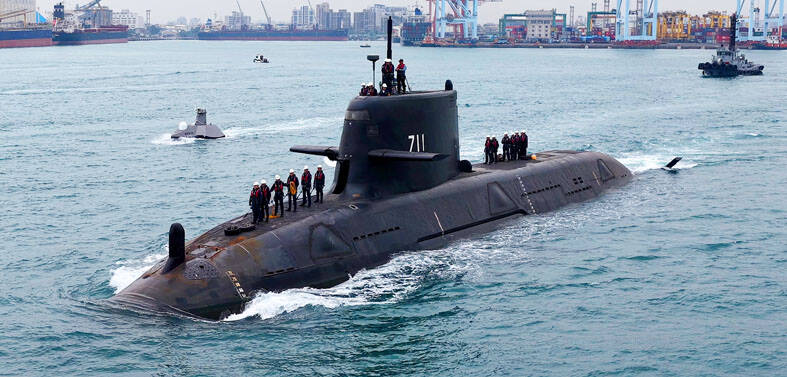The National Science Council's (NSC) proposed budget for purchasing land to build a bio-medical technology park has been turned down by opposition legislators, who say the high purchase price would be a waste of taxpayers' money.
The planned biomedical technology park covers 38.3 hectares of land in Chupei (
At the Legislature yesterday, the NSC proposed a purchase price of NT$ 4.45 billion for the land to build the park. The proposal was immediately slammed by legislators who took exception to the land's high unit price -- NT$70,000 for each ping (坪).
A ping is about 3.34m2 or about the size of two tatami mats.
According to KMT lawmaker Liu Cheng-hung (
Liu said that a comprehensive investigation needed to be carried out to clarify the controversial point about the high price, which was offered by the land owner, the governement's own Bureau of Taiwan High Speed Rail (
"We have to know how the bureau purchased the land," Liu said.
Some legislators said the NSC should consider purchasing cheaper land somewhere else. "Why don't you propose building the park in remote coastal areas near the Changpin Industrial Park (
Some legislators said that the NSC lacks the capability to integrate resources pertaining to bio-tech R&D and related industries.
The planned function of the biomedical technology park would be similar to that of the National Health Research Institute nearby.
According to NSC Chairman Wei Che-ho (魏哲和), the proposed park is one of the essential parts for the Cabinet's "Challenge 2008" six-year development plan. Wei said that building a world-class bio-medical research center would boost related industries in Taiwan.
In addition, Wei said, industries at the proposed park could further interact with other related industries in the nearby Hsinchu Science-based Industrial Park.

US climber Alex Honnold is to attempt to scale Taipei 101 without a rope and harness in a live Netflix special on Jan. 24, the streaming platform announced on Wednesday. Accounting for the time difference, the two-hour broadcast of Honnold’s climb, called Skyscraper Live, is to air on Jan. 23 in the US, Netflix said in a statement. Honnold, 40, was the first person ever to free solo climb the 900m El Capitan rock formation in Yosemite National Park — a feat that was recorded and later made into the 2018 documentary film Free Solo. Netflix previewed Skyscraper Live in October, after videos

NUMBERS IMBALANCE: More than 4 million Taiwanese have visited China this year, while only about half a million Chinese have visited here Beijing has yet to respond to Taiwan’s requests for negotiation over matters related to the recovery of cross-strait tourism, the Tourism Administration said yesterday. Taiwan’s tourism authority issued the statement after Chinese-language daily the China Times reported yesterday that the government’s policy of banning group tours to China does not stop Taiwanese from visiting the country. As of October, more than 4.2 million had traveled to China this year, exceeding last year. Beijing estimated the number of Taiwanese tourists in China could reach 4.5 million this year. By contrast, only 500,000 Chinese tourists are expected in Taiwan, the report said. The report

Temperatures are forecast to drop steadily as a continental cold air mass moves across Taiwan, with some areas also likely to see heavy rainfall, the Central Weather Administration (CWA) said. From today through early tomorrow, a cold air mass would keep temperatures low across central and northern Taiwan, and the eastern half of Taiwan proper, with isolated brief showers forecast along Keelung’s north coast, Taipei and New Taipei City’s mountainous areas and eastern Taiwan, it said. Lows of 11°C to 15°C are forecast in central and northern Taiwan, Yilan County, and the outlying Kinmen and Lienchiang (Matsu) counties, and 14°C to 17°C

STEERING FAILURE: The first boat of its class is experiencing teething issues as it readies for acceptance by the navy, according to a recent story about rudder failure The Hai Kun (海鯤), the nation’s first locally built submarine, allegedly suffered a total failure of stern hydraulic systems during the second round of sea acceptance trials on June 26, and sailors were forced to manually operate the X-rudder to turn the submarine and return to port, news Web site Mirror Daily reported yesterday. The report said that tugboats following the Hai Kun assisted the submarine in avoiding collisions with other ships due to the X-rudder malfunctioning. At the time of the report, the submarine had completed its trials and was scheduled to begin diving and surfacing tests in shallow areas. The X-rudder,